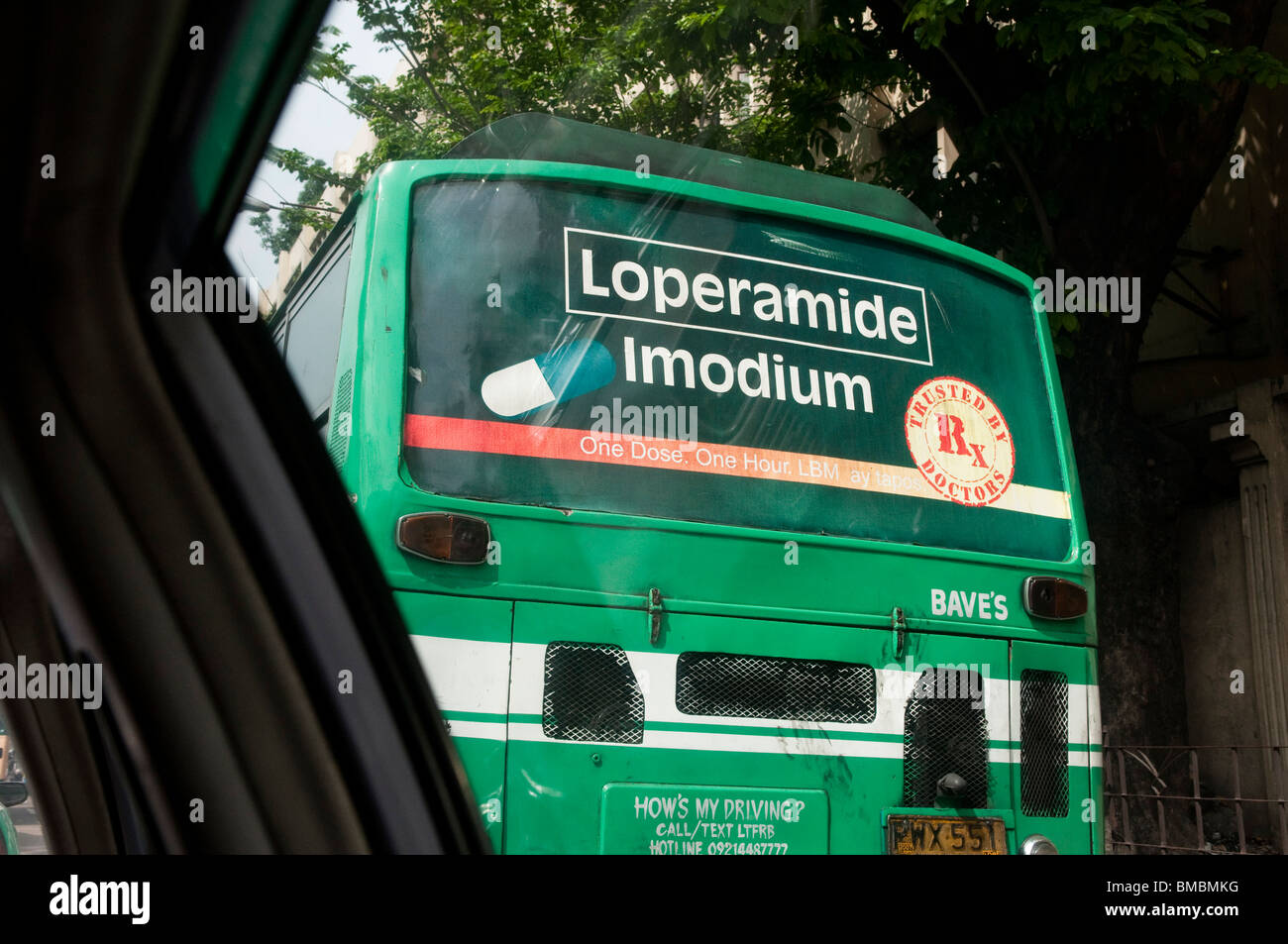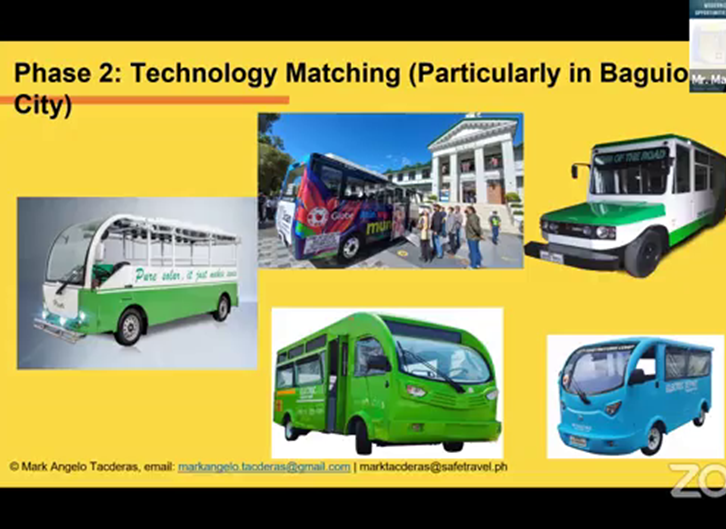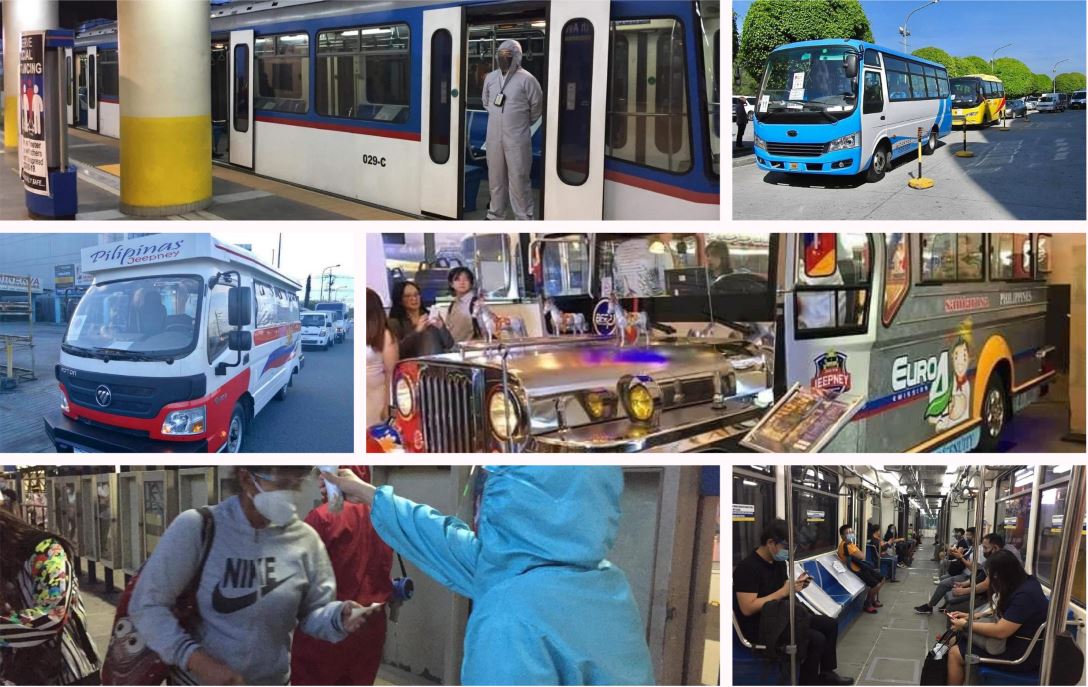Increase Brand Reach with Transit Advertising Philippines
Increase Brand Reach with Transit Advertising Philippines
Blog Article
Exactly How Transit Advertising Can Transform Public Transport Spaces Into Dynamic Marketing Platforms
Transportation advertising and marketing holds substantial capacity to redefine public transport rooms into vibrant advertising and marketing platforms that involve and notify. By utilizing cutting-edge styles such as electronic displays and interactive kiosks, brand names can not only get to a diverse audience yet also improve the total commuter experience. This strategy develops a special opportunity for brands to get in touch with customers in a setup that is typically neglected. As we check out the multifaceted benefits and progressing techniques of transportation advertising and marketing, it elevates the inquiry of how this change might redefine our interactions with both brand names and the urban environment.
Advantages of Transit Advertising

In addition, transit advertising and marketing is very cost-effective contrasted to typical media. It allows marketers to accomplish high impacts at lower prices, maximizing roi. The restricted audience of commuters provides an opportunity for brands to communicate their messages to people that are often responsive during their traveling times.
Additionally, the dynamic nature of transportation advertising and marketing permits campaigns to be updated frequently, making sure that messaging stays appropriate and prompt. This versatility can be important in replying to market patterns or marketing occasions, keeping the brand name top-of-mind for consumers. Last but not least, the pervasive visibility of transit marketing adds to brand recall; duplicated exposure within acquainted traveling contexts enhances brand name awareness and fosters consumer commitment, ultimately driving sales and boosting brand credibility.
Kinds Of Transit Advertising And Marketing
Public transport systems give different formats for advertising and marketing, each accommodating different advertising strategies and target market engagement methods. One noticeable type is outside bus and train wraps, which cover the entire car and develop a mobile billboard effect, permitting for high exposure in city environments. These covers can record attention as they go across hectic roads, getting to a varied target market.
Another prominent layout is indoor marketing, which includes posters, digital screens, and advertisements on transit seats. These positionings involve passengers throughout their trip, enhancing brand name messaging in a restricted space. Digital shows, in specific, supply the benefit of dynamic material, allowing advertisers to upgrade messages in real-time.
Terminal advertising is additionally substantial, featuring posters, banners, and interactive kiosks within transit stations. These ads take advantage of foot web traffic and can target certain demographics based on location.
Lastly, advertising collaborations with transportation authorities can lead to distinct projects, such as themed transportation experiences or events, enhancing the total interaction with travelers. Each sort of transit marketing supplies distinct benefits, enabling brands to customize their strategy to efficiently reach their target market within the general public transportation ecosystem.
Engaging Commuters Properly
Travelers are significantly swamped with advertising and marketing click here to read messages during their day-to-day trips, making it necessary for brand names to involve them in innovative means. To capture interest in this congested area, marketers need to focus on creativity and significance. Utilizing captivating visuals and succinct messaging can substantially boost the probability of interaction.
Interactive aspects, such as QR codes or increased truth functions, can also change static ads right into immersive experiences, cultivating a much deeper connection with the target market. Brands need to focus on attending to commuters' needs and rate of interests, customizing messages to reverberate with their lifestyle, whether with promotions for local companies or solutions made to improve their commuting experience.
Furthermore, timing plays an essential function; strategically positioning ads during peak commuting hours can make best use of presence and influence. Engaging commuters efficiently additionally entails leveraging social media assimilation, permitting travelers to share their promos or experiences directly from transportation systems, thus intensifying brand reach.
Basically, efficient engagement depends upon understanding the traveler trip and developing compelling, interactive, and relevant advertising and marketing experiences that not only record focus however additionally drive activity and commitment. By doing so, brands can transform mass transit right into a dynamic advertising and marketing system that reverberates with its target market.

Measuring Marketing Impact
How can brands properly evaluate the efficiency of their marketing campaign in transit atmospheres? Measuring the effect of transit advertising and marketing needs a complex method that integrates quantitative and qualitative metrics. One common approach is tracking interaction via mobile analytics, where brands can analyze foot traffic patterns and application interactions before, throughout, and after campaigns.
Surveys can offer important understandings into brand name recall and consumer view, allowing brand names to determine how click here now well their messages reverberate with commuters. Furthermore, keeping track of social media sites engagement relevant to specific projects can reveal changes in public perception and brand discussion.

Moreover, collaborating with transportation companies can enhance measurement precision, as they commonly have comprehensive demographic information on ridership patterns. By incorporating these approaches, brand names can develop an extensive understanding of their advertising and marketing effectiveness, making sure that their campaigns not only reach however also impact their target market successfully.
Future Fads in Transportation Advertising
A substantial shift is anticipated en route advertising and marketing as technological innovations and transforming consumer actions improve the landscape. Transit Advertising Philippines. The combination of digital screens and interactive media is anticipated to boost engagement, enabling brands to deliver dynamic content that resonates with diverse target markets. As public transport systems embrace clever technology, marketers will certainly take advantage of real-time information analytics to tailor messages based on traveler demographics and actions
Additionally, enhanced truth (AR) is positioned to change the means travelers connect with advertisements. By supplying immersive experiences, AR can transform an ordinary trip into an engaging story that records interest and cultivates brand name loyalty. This innovation will likely motivate marketers to create even more experiential projects that drive customer interaction.
Sustainability is one more vital fad influencing transportation advertising and marketing. As environmental awareness expands, brands will progressively seek to align with eco-friendly practices, using lasting products and advertising eco-friendly campaigns within their projects.
Conclusion
In conclusion, transportation advertising supplies considerable benefits by enhancing brand name presence and engaging a investigate this site captive audience. As trends develop, the potential for innovative interactions between commuters and brands is positioned to grow, guaranteeing that transit advertising and marketing continues to be an important part of contemporary advertising techniques.
Transportation advertising and marketing holds substantial potential to redefine public transportation rooms right into vibrant marketing systems that notify and engage. The prevalent presence of transportation advertising and marketing contributes to brand name recall; repeated exposure within acquainted traveling contexts strengthens brand recognition and fosters customer commitment, inevitably driving sales and enhancing brand name reputation.
Exactly how can brands properly analyze the effectiveness of their advertising projects in transportation settings?In verdict, transportation advertising uses considerable benefits by improving brand name presence and engaging a restricted audience. Transit Advertising Philippines. As fads develop, the capacity for cutting-edge communications between commuters and brands is poised to grow, making certain that transportation marketing remains a crucial part of modern advertising and marketing techniques
Report this page